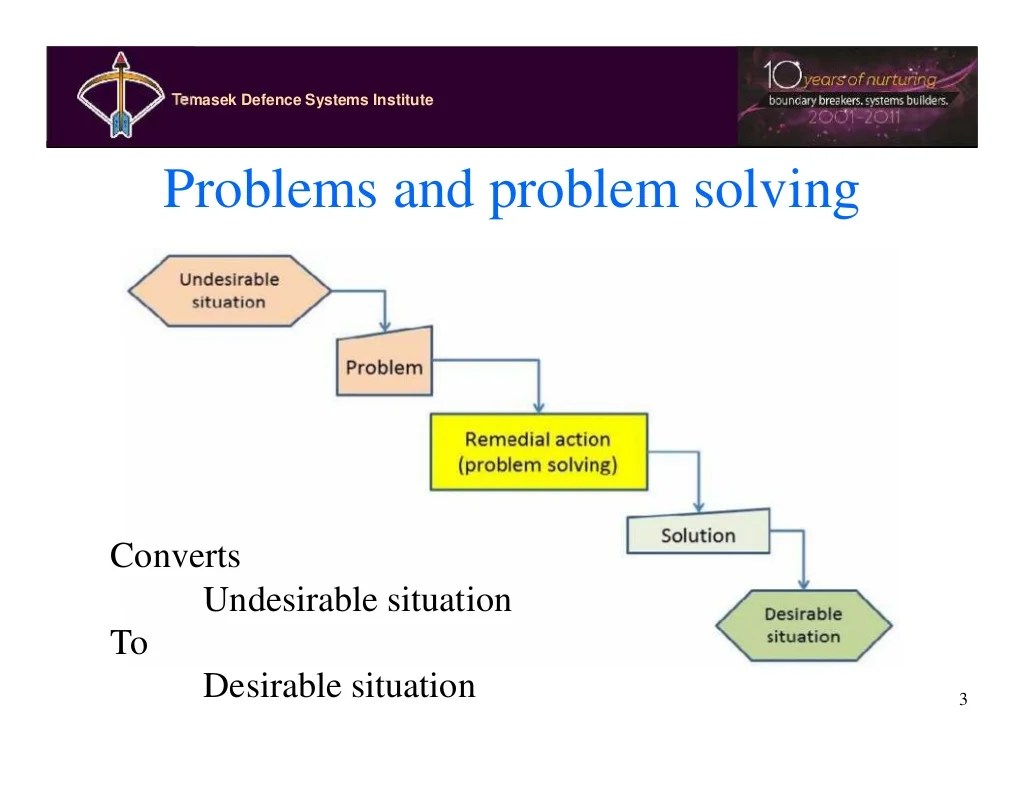Eleads Single Sign On The Simple Solution To Complex Problems Finding Solutis Quadratic Equatis Ncn 7 Youtube
As the temperature is increased, the amplitude of action potential is decreased and its duration is reduced. Clinical neurophysiologists are most aware of the untoward effects of cooling on nerve conduction studies, including reduced conduction velocity, prolonged distal latency, and. Cold is more effective on wide myelinated nerve fibers than on small nerve fibers.
Examples of simple and complex problems. Download Scientific Diagram
In addition to changes in the frequency of activity, nerve. In order to understand the direct effects of temperature on nerve conduction in rat sciatic nerve, it was important to show how four factors change when there were slow and. We will now compare and contrast the effects of varied temperatures on the latency and conduction velocity of the ulnar nerve.
Skin temperature affects nerve conduction velocity, distal latency and wave morphology.
Changes in temperature affect the rates with which channels open, close, and inactivate, and consequently the speed with which the ionic conductances turn on and off. Also there is reduction in the sodium permeability of nerve axons during excitation resulting in a lower sodium influx and increased latency. As the temperature is gradually increased the. You will be recording latencies to stimulation of the.
Vanilloid receptor trp channels) constitute the underlying mechanism of neuronal. Consequently, it may be preferable to make allowances for differences in skin temperature when testing patients for abnormal excitability parameters, rather than to change. Reducing the rate of temperature change reduced the respective effects of heating and cooling on nerve terminal impulse frequency. This parameter may influence the functioning of a neuron through the temperature.

